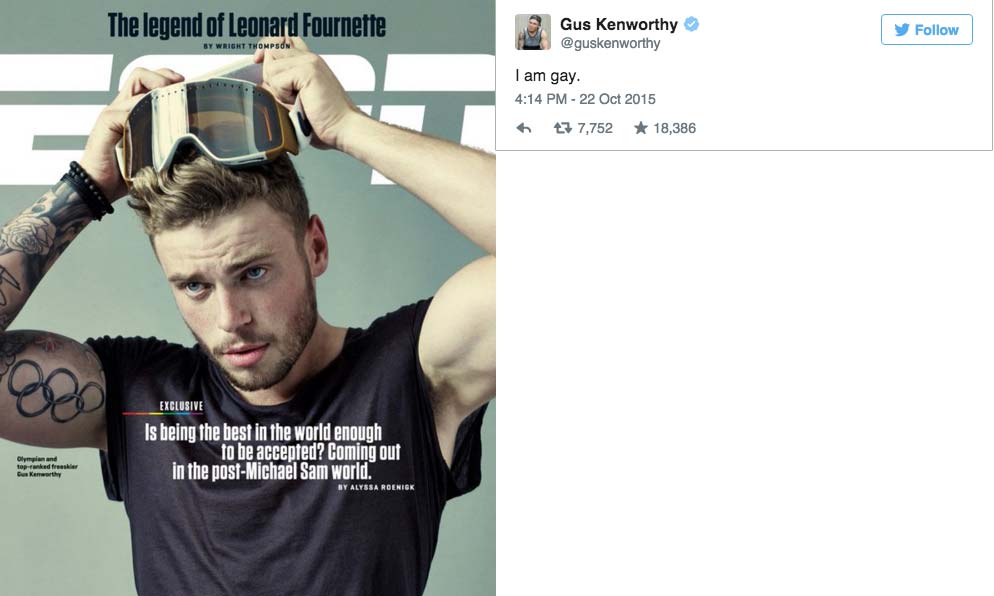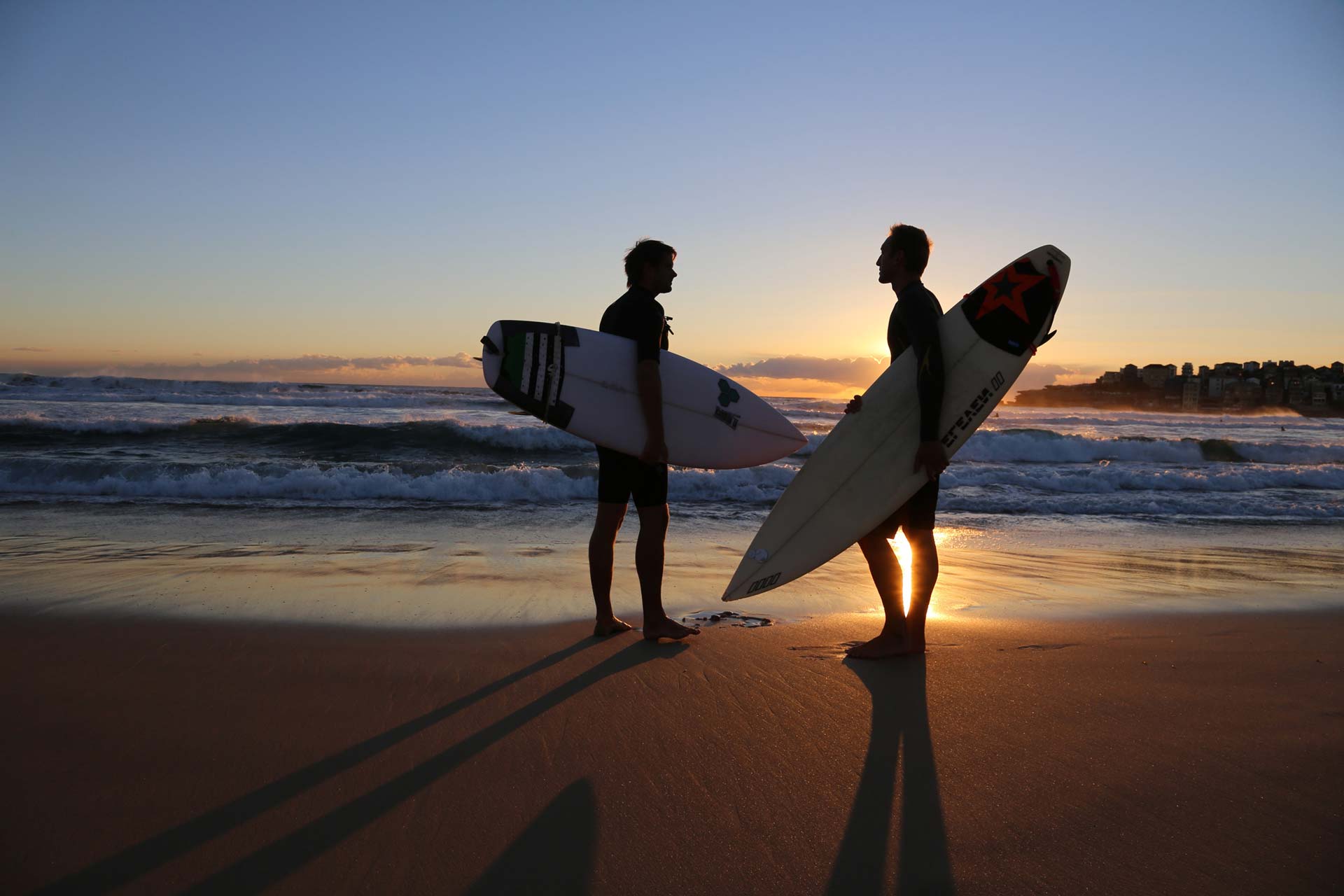Last week, American skier Gus Kenworthy announced to the world that he was gay. The revelation about the five-time free ski champion made the front cover of the US version of ESPN Magazine. As the magazine hit news stands, the 24 year old skier took to social media to tell the world himself. He tweeted just three words: “I am gay.”.
But why? Why is this news? In 2015, should an action sports athlete coming out still make the front cover of a major magazine? And more importantly, in his interview with ESPN, why did Kenworthy say “They say [action sports is] a community of individuals and everyone is doing their own thing and it’s not a team sport, so you get to be yourself. But you don’t really.”
To call this a statistic is a stretch; but a socially agreed best-guess suggests that somewhere between one in four and one in ten people are gay. Yet the world of action sports seems at odds with this.
There are very few openly gay pro surfers, snowboarders or skaters, and words like “gay” and “fag” are frequently used as derogatory terms. So do we as a community have a problem with homosexuality? Are action sports homophobic?









